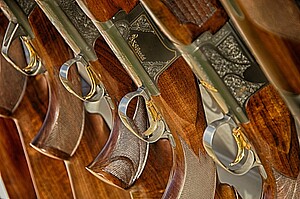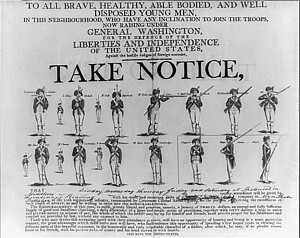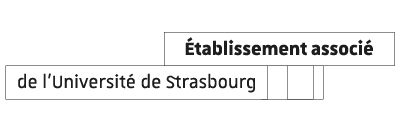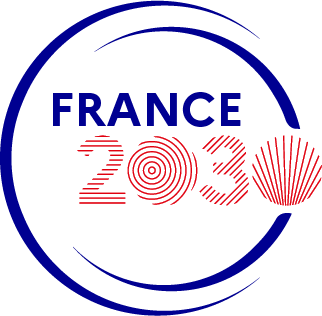Publication date: 19/06/18
ThemesNews
Regularly, the news of the United States is marked by shootings. Each time, the event revives the debate on the carrying of weapons. A right that no president has been able to challenge. Ghislain Potriquet, lecturer-researcher at the Knowledge in the English-speaking world laboratory: representations, culture, history (SEARCH), goes back to the IXth century and returns to the history of this symbol of freedom for Americans.
When Ghislain Potriquet, researcher in American history, gives lectures to students, the subject of firearms is unavoidable. This relationship to arms is inseparable from the country's history and does not date from yesterday but rather from the IXth century. "In England, King Alfred wanted his subjects to be able to defend the kingdom. It is believed that it was at this time that the carrying of arms became a right and a duty at the same time. That's the ambiguity of it all: is it an individual right or a collective obligation? " emphasises the lecturer-researcher.
The law has become more precise and developed over the centuries. Under Henry VIII, every father had to teach his sons archery. The next step takes place in the XVIIth century in the British Isles. "During the Glorious Revolution, King James II was dethroned by the protestants. William of Orange succeeds him after signing a charter of rights. Among them, that of holding a weapon to allow protestants to defend the country against a possible catholic counter-offensive”.
The symbol of the conquest of the West
A century later, in the British colonies in North America, the war was won largely thanks to militias of armed citizens. In 1783, the United States declared its independence before uniting in 1787 through the adoption of a new constitution. The right to bear arms is included in the second amendment adopted in 1791. It immediately follows the first amendment that protects freedom of the press. "It's an individual right with a collective aim that is to be able to resist a possible despot. Firearms then became the symbol of the conquest of the West. Today, they are the symbol of a freedom that Americans have won and want to preserve.”
This amendment has remained intact because it concerns federal law. "It seems impossible to question it, because one would then touch on this very delicate balance between the federal state and the federated states. Change can come only from these. American states can legislate this right by introducing a minimum age, prohibiting people with criminal records, imbalances or prohibiting certain automatic weapons ... "There were a lot of restrictions in the 30s at the time of prohibition. Today, some states are more permissive than others like those in the south where some allow ostentatious carrying of a weapon.”
Like a packet of wash powder
For Ghislain Potriquet, the emotional attachment to this object shows that Americans live with an inbuilt fear of the other. "If burglars can get hold of a weapon, I need one to protect myself. Each ethno-racial community is armed with fear of the other, it is a vicious circle ... " Model for children, for women, for men, "people can buy them anywhere and leave with it just like a packet of wash powder. It is an object that is part of the essentials, just like a tent or a fishing rod. We also collect them, as we would collect beautiful vintage motorcycles.”
Not to mention the National Rifle Association, a very powerful interest group in the country born after the American Civil War. "It would be wrong to say that it buys votes. The NRA does not have the power of money but it manages to mobilise its members to put pressure on politicians. During the shootout that took place on 14 February in Florida, it pointed out the malfunctions including the fact that the gunman was known and reported, not to mention the armed security officer who did not intervene. " Its argument? "It's not weapons that kill, but people ... “
Marion Riegert

















